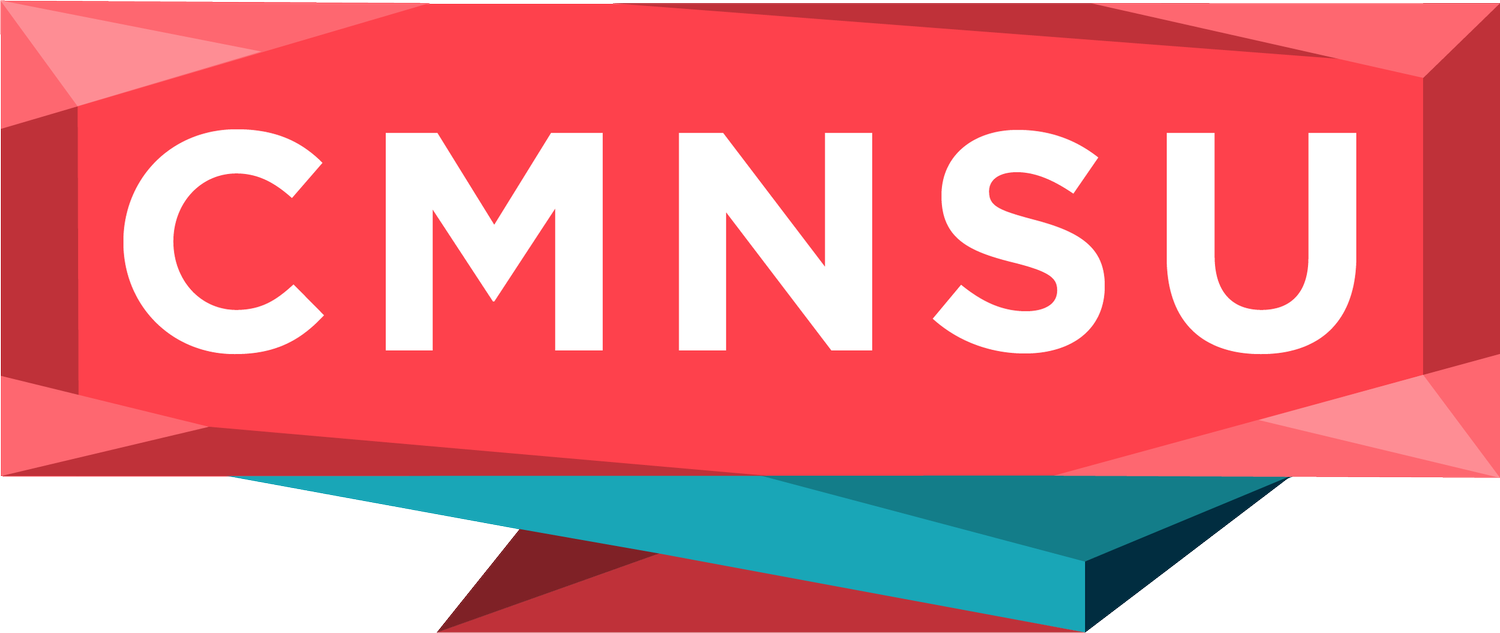Art Never Dies
They say that the art industry is dying, replaced by generated works from artificial intelligence. But art has a way of defying conventions, revealing a resilience that AI can never truly replicate — one untouched even by the callous hands of greed and corruption. Art, in this sense, is relentless in its raw and intimate portrayal of self-expression. It was never something to be hidden and kept away, nor was it made to satisfy a profit venture. Rather, It defies artificiality, standing as something uncontainable, an enduring force that technology can mimic but never fully embody
Nick Cage, in an interview with BBC, reflects on the differences of human and AI art stating that, "ChatGPT has no inner being, it has been nowhere, it has endured nothing, it has not had the audacity to reach beyond its limitations, and hence it doesn't have the capacity for a shared transcendent experience, as it has no limitations from which to transcend." This is reflective of the inherent limitations of AI which could never create something new, condemned only to replicate and regurgitate what came before
it in a never ending ouroboros cycle until there's nothing left for it to defecate. It can only ever rearrange what it’s been fed, cycling through data in search of patterns rather than plunging into the unknown to discover something truly original.
One of the main takeaways that I want readers to gain from all this is to dispel the fears surrounding the fate of the art industry due to the rise of AI. Throughout the years, technology and AI has rapidly evolved and shifted both the cultural and societal norms of the mainstream public. The art industry is just one of the many facets of society that’s been significantly impacted amidst the digitized world. However, this momentary fascination with AI art will wane, just as the novelty of any new technology fades once its limitations become clear. The allure of AI-generated pieces may capture the public’s attention, but these images will never become cultural cornerstones. Art is not just an image or a form; it’s the lived moment, the message, and the perspective conveyed by the artists behind it. No algorithm, no matter how advanced, can capture the humanity contained within each artwork.
Throughout history, art has always walked hand-in-hand with technological innovation. The printing press democratized literature, allowing the world to read the words of Shakespeare and Dante. The advent of photography challenged traditional painting, but it also inspired the Impressionists to redefine what a painting could be. Digital tools opened new doors for artists, giving rise to entirely new forms of visual expression. Each era brought with it new questions and anxieties about the “death” of art, but art itself has always survived, thriving precisely because of its ability to evolve without ever losing its essence.
AI art has neither the heart nor the pulse to remain beating after the public starts eating away at its remains. It has no humanistic impulse, having never known hunger, nor felt the firm grasp of fear. It’s nothing but an empty shell, a hollow husk of the human experience. Its “creativity” is rooted in a detached intelligence that can predict but cannot feel, cannot dive into the depths of uncertainty and emerge with something transformative. And when the people start longing for the tangible, the humane, then it too will become obsolete.

